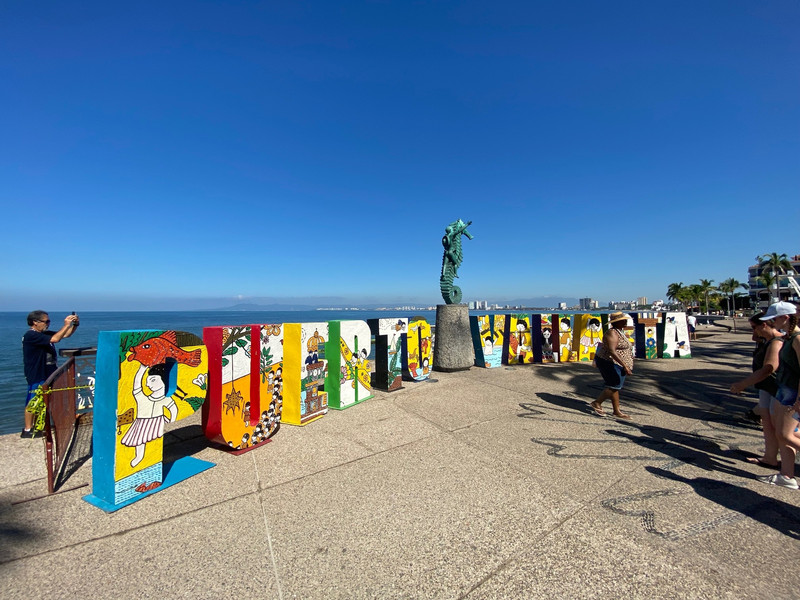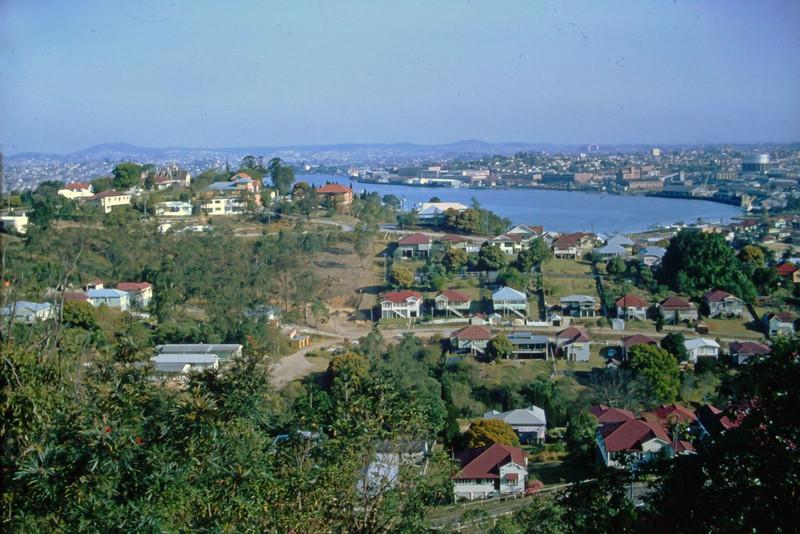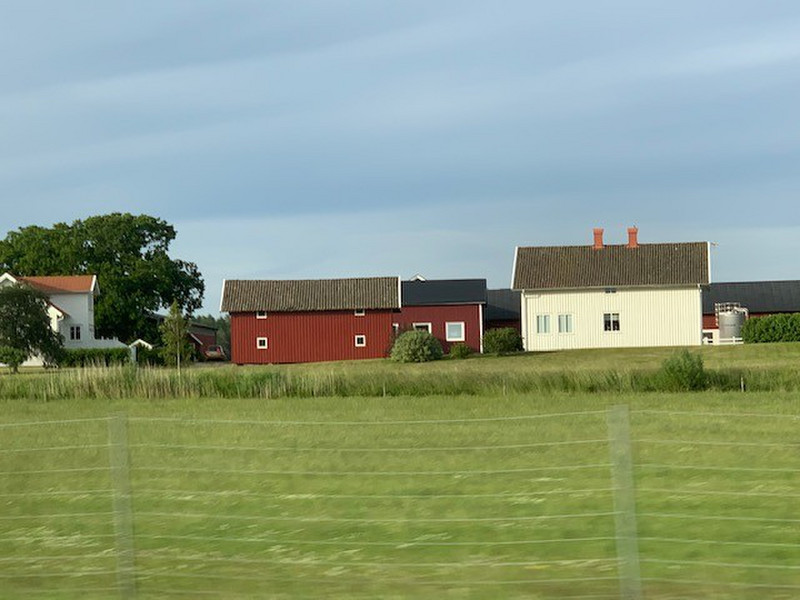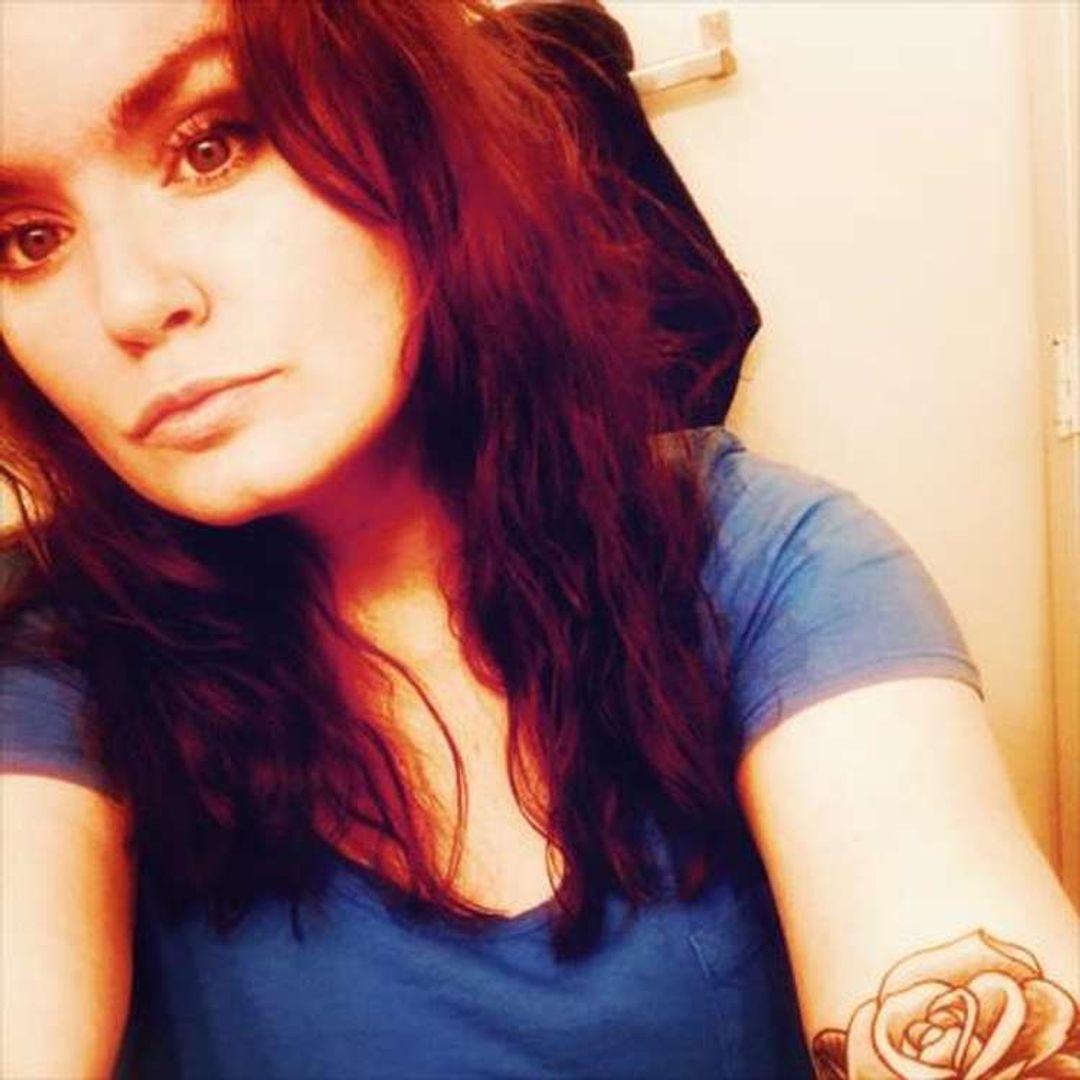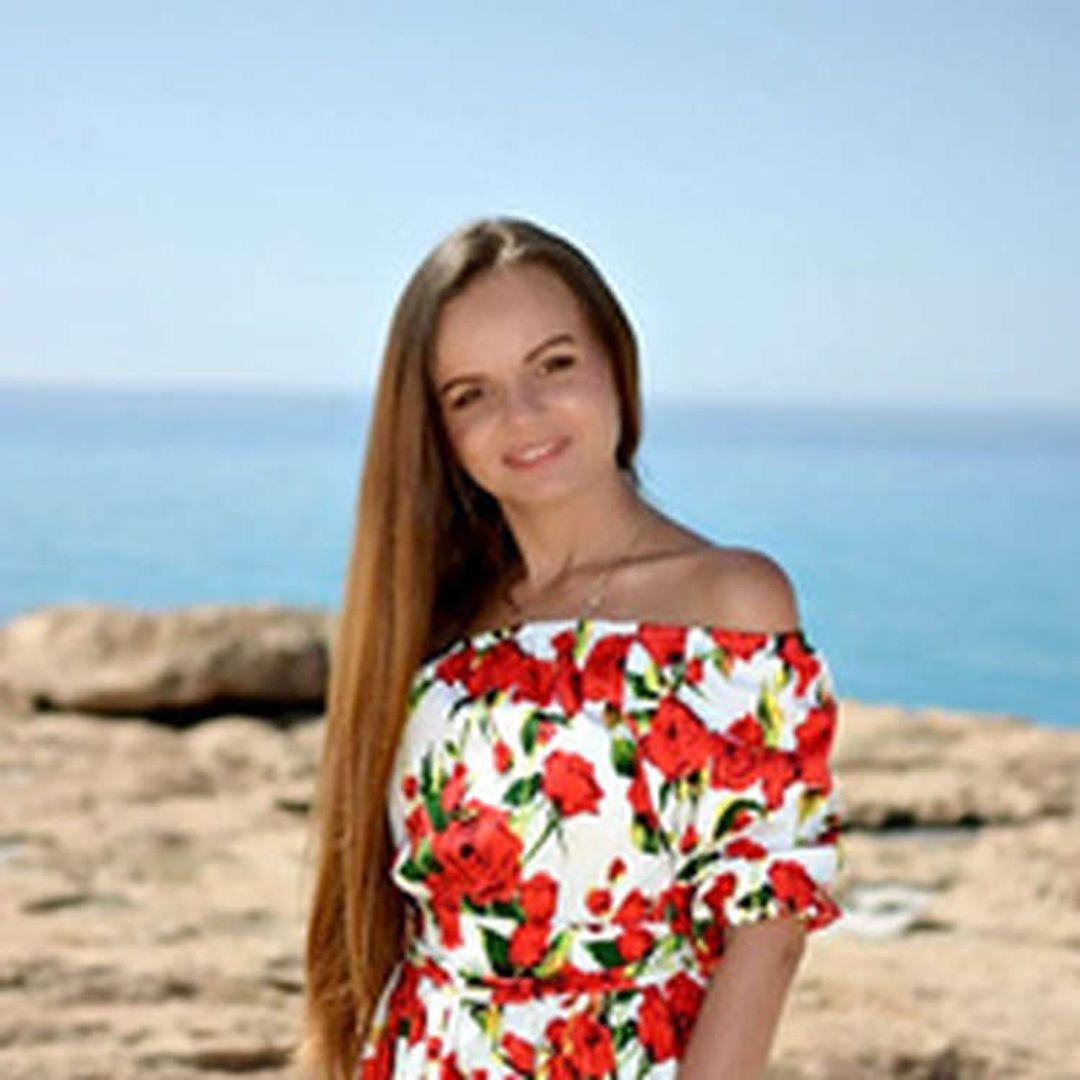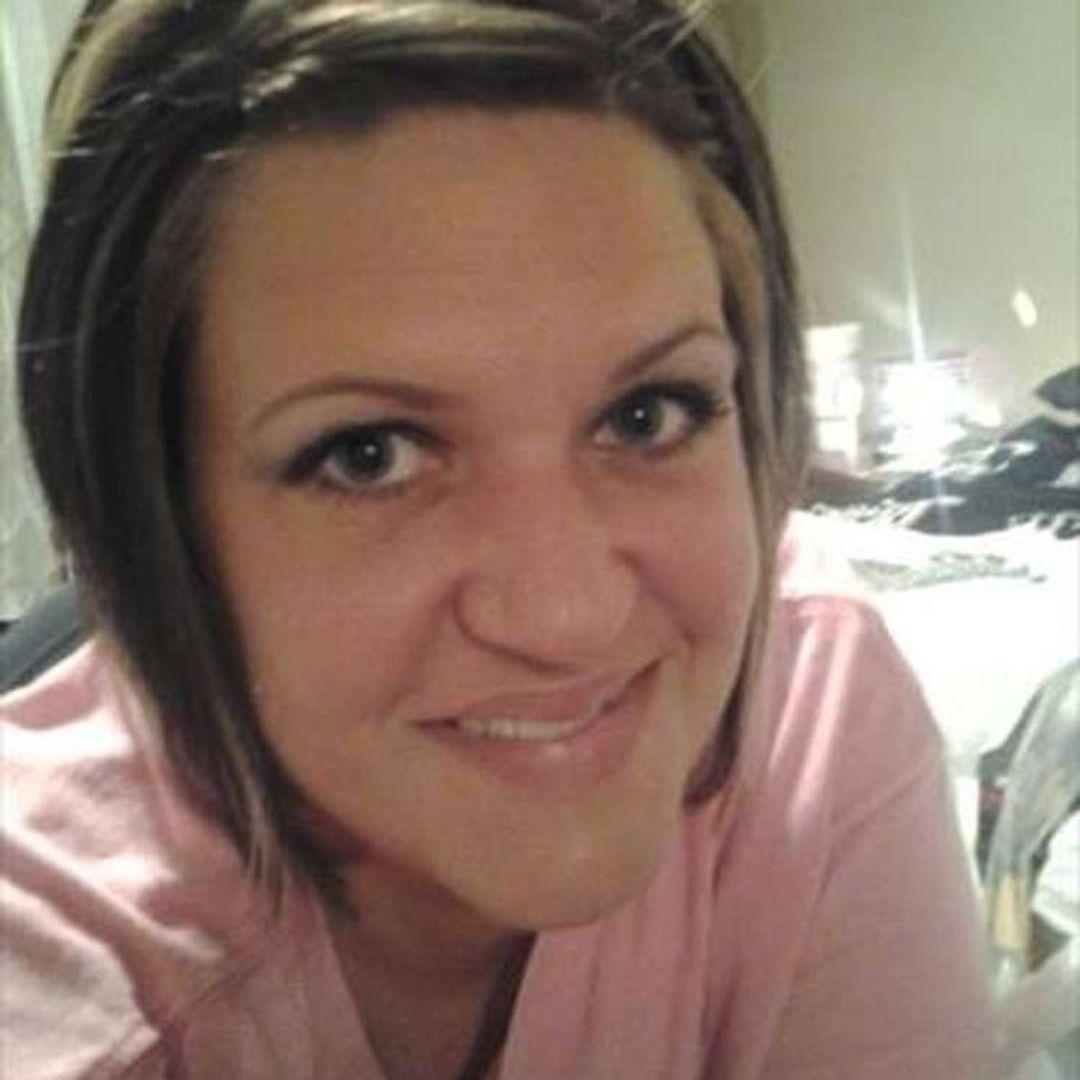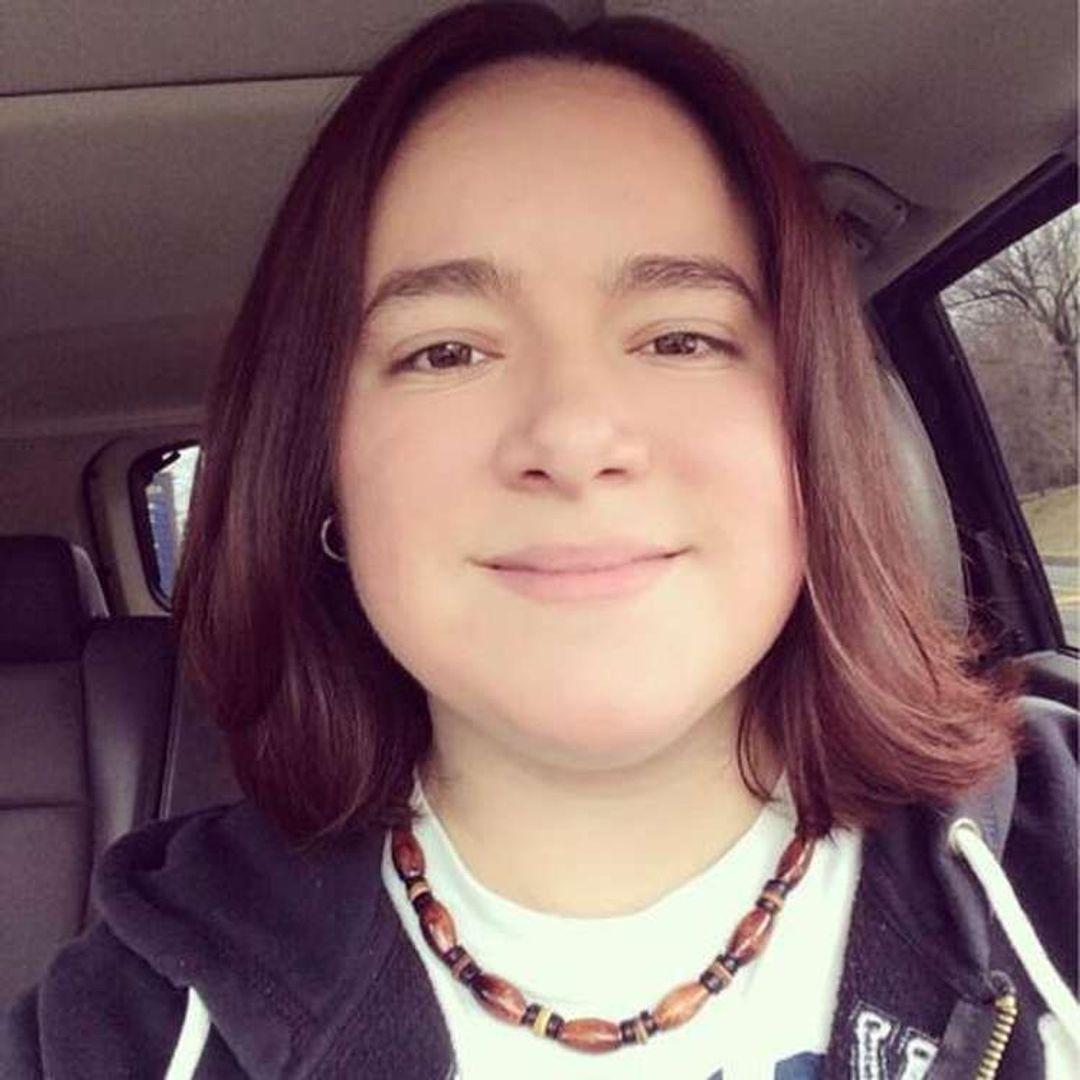I need to get up early to try to repack my entire belongings into 1 manageable pack from which to work from for this next chapter of the trip- it takes an hour to create order from the explosion of my stuff from yesterday. Head down the stairs for an early breakfast- it is too early for Marians so sit in the garden for a bit until the kitchen guy is organised. Eggs, coffee, yoghurt, muselei, cheese and bread consumed, Mohammed arrives ahead of schedule (Im happy with early). I have a new driver- Baakah (he reminds me a lot of Dhana the Nepalese guide that i met in 2012). Seems gruff on first impression (this proves not to be so after spending the next couple of weeks with him), we have a new car and Baakah is very keen on it. We finally hit the outskirts of Dushanbe by 9:30 and cross the city limits- the road trip begins. I am excited to be travelling the second highest highway
in the world- the M41 aka The Pamir Highway. We drive through a new tunnel- the longest one yet at 4.5km, Chinese built and are into small town territory. Theres a big beautiful intensely blue lake and the River Vakhsh, many teahouses and small stalls along the dry, dusty road. Continue onward past field after field of harvested hay. The roads are lined with melons for sale. We make a stop at a market in a carpark set up with stalls- lots of spices, fruit, figs and dried cheese. It overlooks The Blue Sea- another vibrant lake. More pasture with cows, sheep and goats, incredible colour and hills everywhere around. We make a loo stop at a toilet in a field, theres a young girl guarding a bunch of turkeys, she is very shy, avoiding any eye contact. Mohammed tells me that this is the area where four foreign cyclists were murdered last month while cycling the Pamir Highway. Its a chilling story.
Around midday we reach the 9th century silk road archaeological site of Hulbuk (once one of the biggest cities in Central Asia). Mohammed summons up the professor/curator/archaeologist/caretaker over and gives me the
honour of opening up the massive gates. The site has been under excavation since the 1950s, the professor tells me that much was done from 1965 with the Russians spearheading the works. The old walls were replaced with new ones and the minaret strucure. Inside the massive site I am shown the garbage holes, ceramic water pipes, the haram, the stage (complete with warming braziers), the pool, etc. The professor has a spiel in rapid fire English, hes very passionate. I give him my donation, have my photo(s) taken with him and we are back on the road. Refuelling stop (carefully detailed in log book), then lunch- a cafeteria, fill your tray affair. Lots on offer, I go with the meat/vege/lentil/potato soup (excellent), stuffed pepper (very delicious), salad (hmm), hot tea and apricot iced tea and bread. The three of eat together, total bill about US $6. M supplements our lunch with cherry iced tea - apparently its ok to help yourself to other customers leftover 1/2 empty jugs of iced tea in Tajikistan.
We spend the rest of the afternoon winding up hills on bad roads. Actually there is no actual road but lots of cars dodging pot
holes and each other. We go through several police checkpoints, roadside police wave us through (tourist in vehicle- wave through, locals- stopped for payment). The countryside brown and mountainous, we have another passport stop and end up giving the 2 police officers a lift. The Pyanj (Panji) River presents itself, the Afghan border is just across the water. The river is churning- roiling great water. Across the river are simple brick huts and an occasional village green. No photos to be taken near police patrols. Blue school buildings and a UN health tent. More soldier foot patrols. M tells me that we are allowed to get out of the car at the waterfall near the landslide that took out the bridge! OK!. We do. It seems that most people take the opportunity to wash their cars under the water fall that casually abuts the road.

